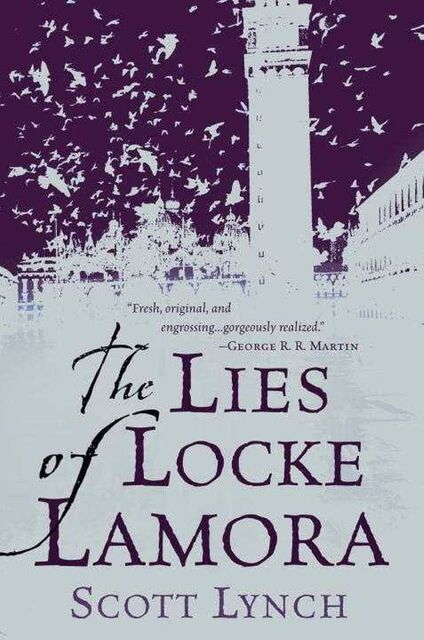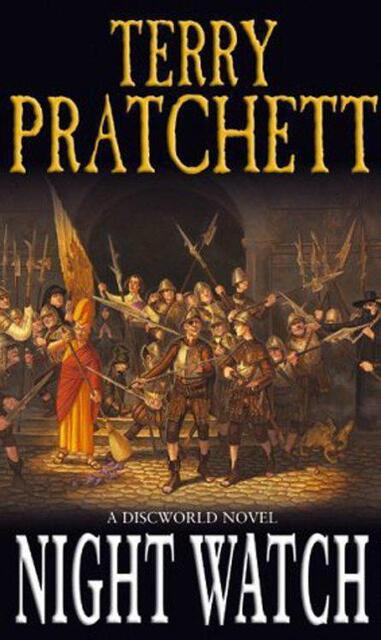- (https://b-ark.ca/ksKKwg)
I’m riding in the 2025 Enbridge Tour Alberta for Cancer, raising money for the Alberta Cancer Foundation, and have so far raised $2,744, exceeding my $2,500 goal and surpassing my 2024 effort!
Help me by donating here
And remember, by donating you earn a chance to win a pair of hand knitted socks!
Review: The Player of Games
(https://b-ark.ca/WYa6yK)Review of The Player of Games
<span>(<a href="https://en.wikipedia.org/wiki/Culture_series">The Culture</a> #2.0)</span>by
(9780061053566)★★★★ </span>

Curgeh is the best, the champion. In the ancient, all-embracing Culture in which there is no disease or disaster, only the endless games, he has beaten them all. But an empire's challenge will teach him what the Game is really all about."Striking for its breadth of vision, its ability to suggest the sprawling facets of an old, far-flung culture." -- "Publishers Weekly" "A genuine and original talent." -- "The Detroit News" No serious science fiction fan can resist this seminal novel in Banks' renowned series about the universe of the Culture.
Well, as evidenced by my slow progress, you can tell this book didn’t catch me immediately (and it also coincided with the latest Binding of Isaac DLC coming out, which promptly trumped any extracurricular activities besides groping for achievements). It’s definitely a slow burner, but once Gurgeh makes his decision and the story really starts moving, it quickly becomes a solid, fast-paced read, with many excellent twists and turns along the way.
Continue reading...Review: Nemesis Games
(https://b-ark.ca/AU2Q2K)Review of Nemesis Games
<span>(<a href="https://en.wikipedia.org/wiki/The_Expanse_(novel_series)">The Expanse</a> #5.0)</span>by
(9780316334716)★★★★ </span>

A thousand worlds have opened, and the greatest land rush in human history has begun. As wave after wave of colonists leave, the power structures of the old solar system begin to buckle.
Ships are disappearing without a trace. Private armies are being secretly formed. The sole remaining protomolecule sample is stolen. Terrorist attacks previously considered impossible bring the inner planets to their knees. The sins of the past are returning to exact a terrible price.
And as a new human order is struggling to be born in blood and fire, James Holden and the crew of the Rocinante must struggle to survive and get back to the only home they have left.
Nemesis Games is a breakneck science fiction adventure following the bestselling Cibola Burn.
To say this book was better than Cibola Burn would be an enormous understatement… in fact, it was a close call as to whether I would bother continuing the series after book four, but I decided to take a crack at it, and I’m very glad I did!
Continue reading...Review: The Lies of Locke Lamora
(https://b-ark.ca/kAC4mi)Review of The Lies of Locke Lamora
<span>(<a href="https://en.wikipedia.org/wiki/Scott_Lynch#The_Gentleman_Bastard_Sequence">Gentleman Bastard</a> #1.0)</span>by
(9780553804676)★★★★ </span>

An orphan’s life is harsh—and often short—in the mysterious island city of Camorr. But young Locke Lamora dodges death and slavery, becoming a thief under the tutelage of a gifted con artist. As leader of the band of light-fingered brothers known as the Gentleman Bastards, Locke is soon infamous, fooling even the underworld’s most feared ruler. But in the shadows lurks someone still more ambitious and deadly. Faced with a bloody coup that threatens to destroy everyone and everything that holds meaning in his mercenary life, Locke vows to beat the enemy at his own brutal game—or die trying.
Some have likened it to a fantasy version of Oceans 11, and I suppose that makes for a reasonable distant approximation, but it’s definitely a lot more than that. The world constructed, here, is familiar yet different, with a lot of standard fantasy tropes mixed with these little flairs that give Camorr a unique flavour all its own. And the plot is paced well enough to keep you wanting to move forward.
The characters feel a bit two dimensional… Locke is, obviously, fairly well sketched out, but Jean and the twins feel a little flat. If I had to pick a surprise stand-out character it’d be the Spider… pity we see so little of them, relatively speaking. But while they may all be familiar archetypes, they’re fun ones, and so we can enjoy them for what they are.
Review: Night Watch
Review of Night Watch (Discworld #29.0) by Terry Pratchett (9781472537232)★★★★★
(https://b-ark.ca/kCMsCy)This review is a re-post of my 2015 Goodreads review of this book.

This morning, Commander Vimes of the City Watch had it all. He was a Duke. He was rich. He was respected. He had a silver cigar case. He was about to become a father.
This morning he thought longingly about the good old days.
Tonight, he's in them.
Flung back in time by a mysterious accident, Sam Vimes has to start all over again. He must get a new name and a job, and there's only one job he's good at: cop in the Watch. He must track down a brutal murderer. He must find his younger self and teach him everything he knows. He must whip the cowardly, despised Night Watch into a crack fighting force -- fast. Because Sam Vimes knows what's going to happen. He remembers it. He was there. It's part of history. And you can't change history . . .
But Sam is going to. He has no choice. Otherwise, a bloody revolution will start, and good men will die. Sam saw their names on old headstones just this morning -- but tonight they're young men who think they have a future. And rather than let them die, Sam will do anything -- turn traitor, burn buildings, take over a revolt, anything -- to snatch them from the jaws of history. He will do it even if victory will mean giving up the only future he knows.
For if he succeeds, he's got no wife, no child, no riches, no fame -- all that will simply vanish. But if he doesn't try, he wouldn't be Sam Vimes.
And so the battle is on. He knows how it's going to end; after all, he was there. His name is on one of those headstones. But that's just a minor detail . . .
This, right here, is a Discworld novel for Discworld fans. The Watch have always been my favourite characters, and Vimes is certainly my favourite of the bunch. So obviously an origin story about the man is going to go over well. But this isn’t lazy fan service, and is replete with Pratchett’s beautifully incisive writing, teaching us about what it means to be a “copper” when the world is falling to pieces.
Continue reading...